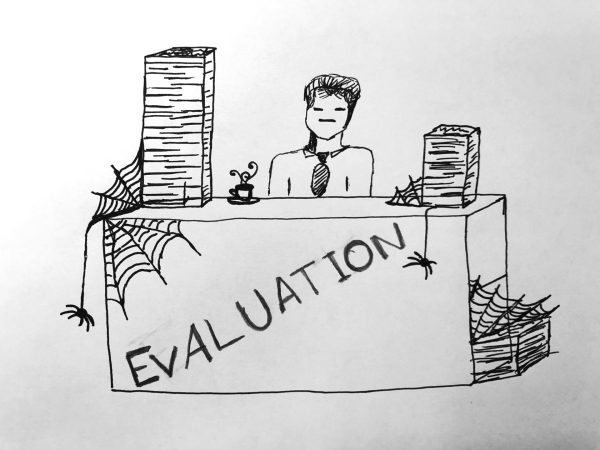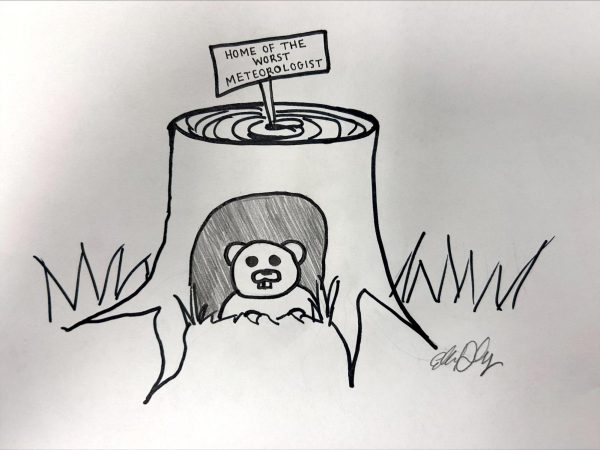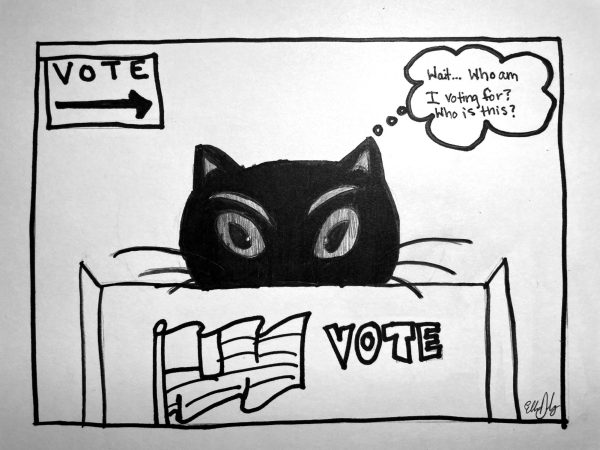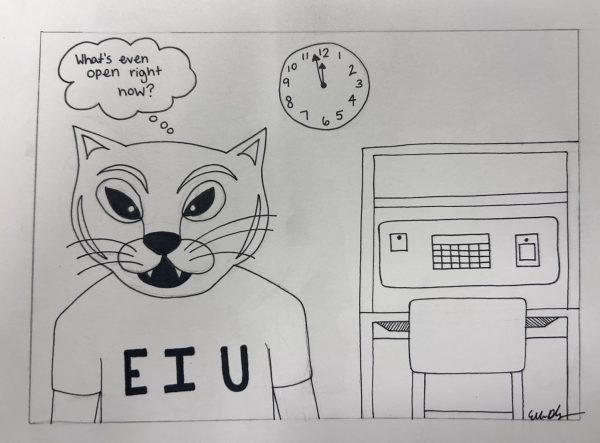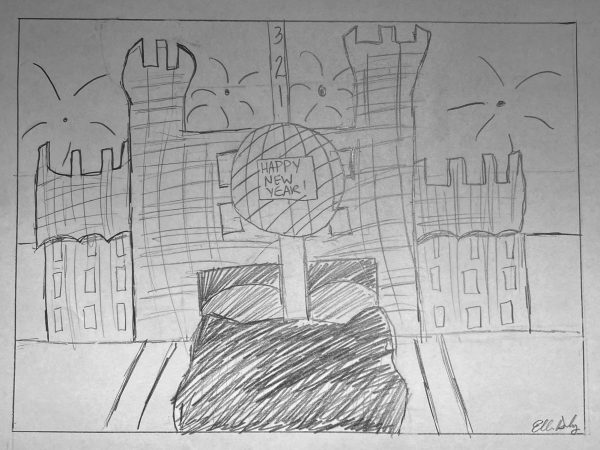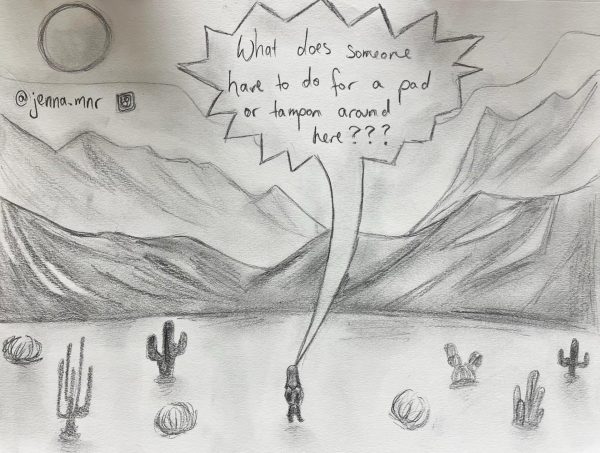Graffiti, while illegal, can sometimes be art
April 25, 2019
When we think of graffiti, we usually think of the typically amateur scribbling on the trains we watch cross by in our cars. Or we think about the quick glimpses we catch of the simple nicknames and profanity on the sides of bridges we drive under.
While some choose to spray stone and cement walls with vulgarity and incoherent sentiments, others use graffiti as a means of communication and self-expression.
Sometimes people pay tribute to historical figures and other idols through graffiti. These are typically murals; the mural has a much more positive connotation than graffiti, but are they really all that different? I guess it depends on how you define art, or, in even more basic principles, what is art-worthy.
When I think of graffiti as art, many others and I think of Banksy.
Banksy is an anonymous artist from the United Kingdom who utilizes graffiti art to challenge seemingly conventional concepts and ideas and to advocate for peace and justice amidst tumult and adversity.
The images he creates in public spaces are extremely powerful, emitting a range of emotions from the typical onlooker.
His work has become extremely popular, too. That’s actually an understatement. Most of Banksy’s work has inspired some very interesting talking points for the old “Is graffiti art?” debate, and some of his work has turned into social and pop cultural icons of our time.
Some of Banksy’s work is so powerful that it’s protected. “Rage, the Flower Thrower” (2005), which features a typical riot man about to throw a bouquet of flowers instead of a Molotov cocktail or grenade bomb, is protected by a Perspex overlay, according to The Art Story.
While Banksy’s art helps to inspire conversations about political and social issues, there’s certainly more unwanted graffiti than there is wanted.
According to Crime Prevention statistics, graffiti is a very underreported crime. Partly because of this, it remains difficult to apprehend potential offenders.
Going off the statistics, there were 40,317 graffiti incidents reported between 2011 and 2016 to the New South Wales Police force.
Males represented 88.9 percent of those numbers, and juveniles have “historically” made up a vast portion of that as well, according to the statistics.
Considering the vast amount of graffiti reported in addition to what more is likely still out the unreported, that’s a lot of (mostly) unwanted, unwarranted graffiti.
The fact that this is a crime that is so hard to apprehend someone for makes this an even more difficult situation. Just think about it; if Banksy, a graffiti artist that has made a huge cultural mark in the U.S. and the UK, can remain anonymous for their art, pretty much anyone doing graffiti can slip through the cracks (if they’re slippery enough).
When it comes to graffiti being art, it all comes down to legitimizing it as something more than a scribbling on a wall.
This goes back to beauty being in the eye of the beholder. How do we determine if something is holier than thou? Well, it’s difficult to say. There are just too many different perspectives.
We at The Daily Eastern News recognize that art is subjective; therefore, legitimizing graffiti as art can be quite the challenge.
We don’t blame you if you see all graffiti as a nuisance deserving of legal action. Graffiti is, after all, illegal.
That is, unless it can captivate an audience in ways graffiti just doesn’t usually. In that case, it really probably should be protected.






































